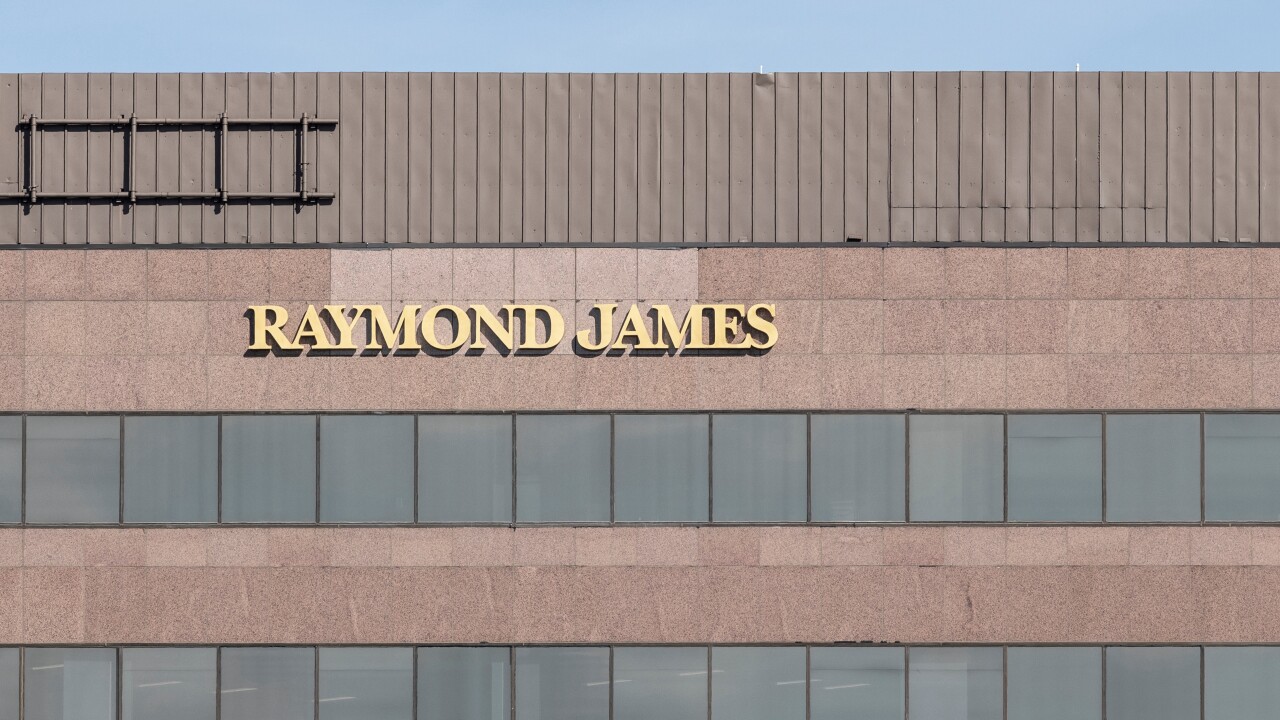The monied continued to make money as the number of high net worth individuals and their investment assets continued to swell in 2004, according to the annual World Wealth Report released by
This elite group, with the entry requirement of at least $1 million financial assets, has increased 7.3% from 2003, bolstered by 600,000 new members to a global total of 8.3 million people. The rich and the very rich around the world gained 8.3% in assets and now jointly account for roughly $30.8 trillion. The growth rate in the number of high net worth individuals (HNWIs) and their wealth came in line with the exceptional global economic performance in 2004, the highest in 20 years. The jump was higher than the 2002 growth rates of 2.7% and 7.7% in 2003 and is expected to grow at slightly slow path of 6.5% compounded over the next five years, reaching $42.2 trillion by 2009, according to the report. Consequently, "the opportunities for financial advisory firms, despite what some people might have predicted several years ago, remain very robust and will for the next several years," said James P. Gorman, executive vice president of Merrill Lynch and the head of Corporate Acquisitions, Strategy and Research.
The World Wealth Report, which is generally very predictive, monitors the rich people and their financial advisers in 68 countries that account for over 98% of global gross national income and 99% of world stock market capitalization. Even though high net worth individuals possess the resources and resilience to grow assets during the periods of different economic cycles, good national and international economic health is essential to help create wealth generation opportunities.
"The two main drivers of personal wealth creation - economic growth and market capitalization - worked together to generate the strongest growth in high net worth wealth we've seen in more than three years," Gorman said. These, in addition to the low interest rates in certain regions of the world, drove the new bubble of people into this elite segment of the population.
The growth rates of 2004 materialized high expectations for the year.
"
The news from
The smaller economies of
On the very high end, the number of Ultra-HNWIs, the very rich with financial assets of at least $30 million, went up 8.9% as 6,300 new members joined the elite group of 77,500 worldwide.
HNWI Asset Allocation
Having access to more resources, high net worth individuals usually tend to behave differently from the general population. In 2004, HNWIs continued to mimic institutional investment behavior in terms of alternative investments and risk management and remained well diversified. As interest rates continued to rise, combined with modest stock market performance, these "walking institutions" adopted a "hold and see" strategy. With the more conservative mindset, HNWIs decreased their equity standings to 34% in from 35% in 2003, and bought more fixed income securities, which now account for 27% up from 25%. Cash/deposits went up 12% in 2004 from 10% in 2003.
2004 marked an accelerated interest in private equity on behalf of high net worth individuals. This type of alternatives investments returned 23.5% and reached $200 billion, as the Ultra-HNWIs and the institutions remained the primary contributors.
The use of loosely regulated hedge funds declined as they on average returned 7.5%, down from 17.2% in 2003. The investment vehicles for the rich are now more often considered an integrated part of a well-diversified portfolio, as opposed to the main generator of the legendary "absolute" returns.
"Given the speculation of how we're in the bubble, real estate is where money is being put off the table," said Gorman. HNWIs globally decreased their real estate standings from 17% to 13%, illustrating that they reached some profits and now are careful to decrease their market exposure.
Continuing the institutional-like behavior, HNWIs continued investing emerging markets which returned 24.3% in 2004, while keeping a substantial presence in the most popular destination of the safer havens of
Challenges of the Mid-Tier Millionaires
According to the report, this year about 9% of HNWIs fit in the category of the so-called "mid-tier millionaires" (MTM), those with financial assets between $5 million and $30 million. The majority of MTMs earned their wealth, as opposed to inherited, and tend to be the first rich generation in their families.
Today, MTMs face particular challenges in money management and tend to be underserved, being caught up between the so-called "next-door millionaires," those with investment wealth of $1 million to $5 million, and the Ultra-HNWIs. Seeing their wealth fluctuate, MTMs responded by entering into complex risk management and return maximization strategies by hiring additional advisory staff. They are not satisfied with a single financial adviser, but at the same time cannot afford family office services. As many of the MTMs now have more that three assets management providers, they now face an additional challenge of "managing the managers." "This, as well as the increase in cost of maintaining their lifestyle overall, places additional pressures on performance exceptions, especial in a recovering of stabilizing market such as we have experienced over the past two years," said the President of Capgemini's global wealth management practice, Petrina Dolby.





